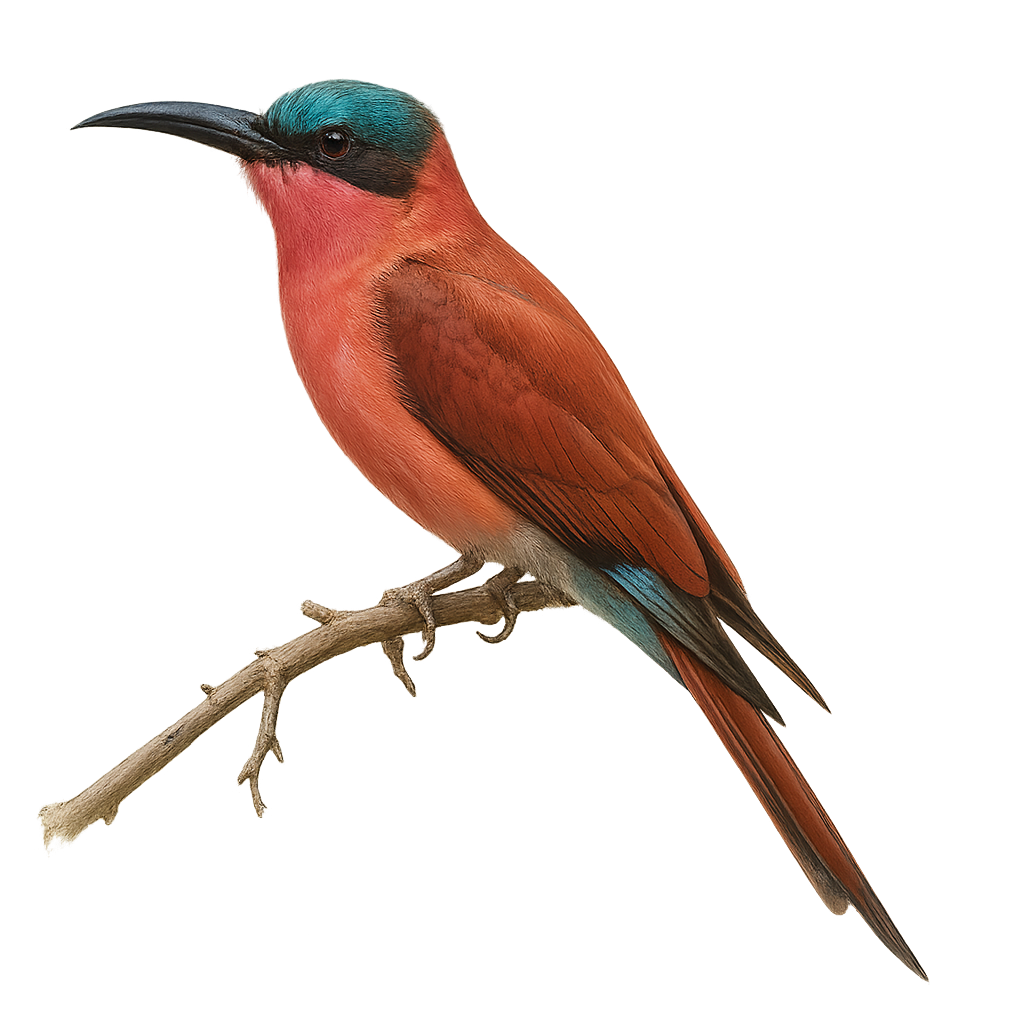Your wildlife photography guide.
Explore the southern carmine bee-eater in detail, study its behavior, prepare your shots.
Where to observe and photograph the southern carmine bee-eater in the wild
Learn where and when to spot the southern carmine bee-eater in the wild, how to identify the species based on distinctive features, and what natural environments it inhabits. The WildlifePhotographer app offers tailored photography tips that reflect the southern carmine bee-eater’s behavior, helping you capture better wildlife images. Explore the full species profile for key information including description, habitat, active periods, and approach techniques.
Southern Carmine Bee-eater
Scientific name: Merops nubicoides

IUCN Status: Least Concern
Family: MEROPIDAE
Group: Birds
Sensitivity to human approach: Suspicious
Minimum approach distance: 10 m
Courtship display: October to December
Incubation: 20-22 jours
Hatchings: October to January
Habitat:
Savannas, riverbanks, open plains
Activity period :
Primarily active during the day, with peak activity in the morning and late afternoon.
Identification and description:
The Southern Carmine Bee-eater, Merops nubicoides, is a vibrant and captivating bird found primarily in southern Africa. It is distinguished by its bright red plumage, turquoise head, and long, tapered tail. This bee-eater is about 35 cm long, with a slightly curved black bill, perfect for catching insects in flight. It frequents sandy riverbanks and open savannas, where it digs burrows for nesting. Sociable by nature, it lives in colonies and feeds mainly on bees and wasps, which it catches in mid-air. Its flight is fast and agile, often accompanied by high-pitched calls. This beautiful bird is a delight to watch, especially during its courtship displays.
Recommended lens:
400 mm – adjust based on distance, desired framing (portrait or habitat), and approach conditions.
Photography tips:
To photograph the Southern Carmine Bee-eater, aim for the golden hours of morning or afternoon to take advantage of soft light that will highlight its vivid colors. Use a lens of 400mm or more to capture details without disturbing the bird. Be patient and discreet, maintaining a distance of at least 10 meters. Observe its flight patterns to anticipate its movements and capture dynamic shots. A tripod can be useful to stabilize your camera during extended shooting sessions.
The WildlifePhotographer App is coming soon!
Be the first to explore the best nature spots, track rutting seasons, log your observations, and observe more wildlife.
Already 1 430 wildlife lovers subscribed worldwide

